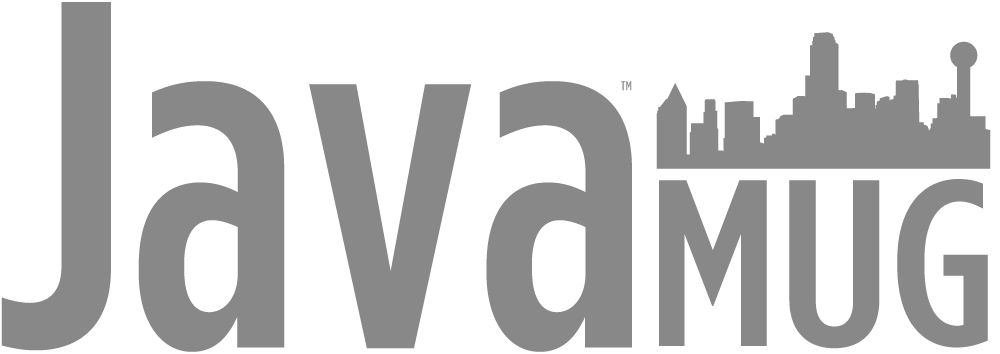Real World Grails
May 09, 2007
Scott Davis is the Editor in Chief of aboutGroovy.com. The website, in addition to being, umm, about Groovy, is implemented in Grails. This talk shows you how to get started with Grails, but also talks about the experience of using it in a live, production web site. Grails is a web framework that maximizes the strengths of familiar Java libraries — Spring, Hibernate, and Sitemesh, to name a few — while minimizing the XML jockeying it usually takes to get them all to play nicely with one another. It brings "Convention over Configuration" to Java. It uses Groovy as the language to glue the pieces together, which means that experienced JEE developers can learn Groovy in the context of libraries that they are already familiar with. Grails includes a web server, a database, and all of the libraries necessary for a full-fledged web application. It will even generate a directory structure and scaffold common classes (Controllers, Views, etc.). It is no exaggeration to say that you will have your first application up and running in minutes. But Grails is about more than a quick start. In this talk, we'll look at ways to move beyond the default configurations. We'll deploy a Grails app to an external Tomcat instance instead of the included Jetty server. We'll move from the default HSQLDB database to MySQL. We'll include external JARs to bring new functionality to the mix.
